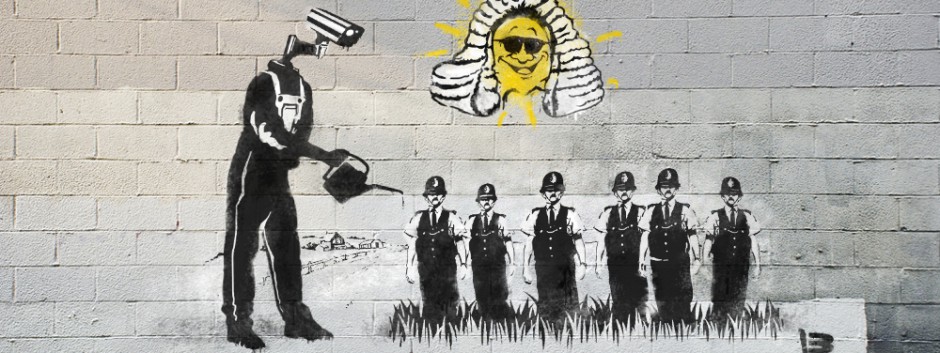In the piece, From a Native Daughter, Haunani-Kay Trask writes about how she heard the history of her people, first from her parents and then from her teachers, and how those two stories differ. She felt as though she lived in a divided world, one Hawaiian and one white. Historians who wrote about Hawaii did not learn the native language and felt no need to. My question for the class is, why is it important to understand someone’s language and culture before documenting their history? It makes me think about how the history we learn in school is mostly surface level and told from one perspective. Knowing that we are a culturally diverse country, I’m curious how my classmates feel about this and what they have experienced in school.
In Arts in the Contact Zone, Mary Louise Pratt writes about Guaman Poma’s manuscript where he tells the story of his people, but it is intertwined with stories he has heard from outsiders. What makes this significant is that the Incas had no written language. I think his intention was to convey a message that would be understood by people outside the Incan culture. Both readings tell how mediums such as song, dance, storytelling, and art were used to tell a country’s history. My question to the class is, how important is written language for the development of a culture?




Sybil great job on this blog the way you spoke about both pieces put together was amazing. If someone was reading this blog who never read any of these pieces you helped them see the key points. I will be using this technique for my future blogs!
Hey Sybil,
I’m also interested in the importance of written language in the development of culture. I’d think written language isn’t so much important to the development of culture so much as it is to the continuation. I do think writing upholds certain values in a culture such as organization and completeness.